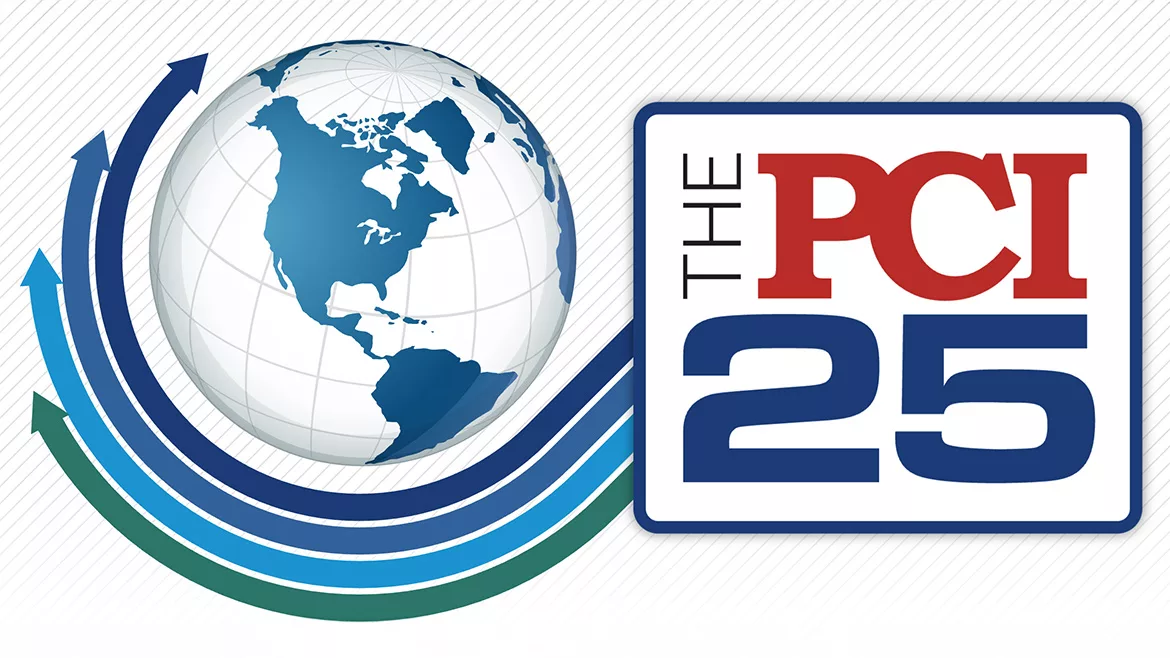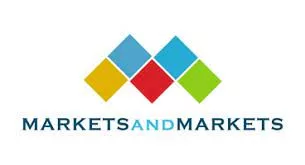Safe and Sustainable by Design
Harnessing Digitalization to Accelerate the Development of Safer Inks, Paints and Coatings

Credit: Evgeny Gromov / iStock via Getty Images Plus
Throughout history, the development of paints and coatings has prioritized aesthetics over safety, often with dire consequences. Arsenic- and lead-based formulations, once widely used for their vibrant colors, caused significant health hazards, affecting both workers and consumers. While such risks might seem like relics of the past, unsafe levels of hazardous substances still surface in consumer products today, sometimes leading to large-scale recalls.
The introduction of the Registration, Evaluation, Authorization, and Restriction of Chemicals (REACH) regulation by the European Union in 2007 marked a pivotal shift in chemical safety. Designed to protect human and environmental health, REACH formalized the collection and assessment of chemical properties and hazards. The data amassed through this regulation has driven an increasing number of substance reclassifications, particularly those affecting key pigments and additives in inks, paints, and coatings.
As regulatory scrutiny intensifies, chemical engineers face ongoing reformulation challenges, particularly as substances are reclassified as carcinogenic, mutagenic, or reprotoxic (CMR). The European Printing Ink Association (EuPIA) and other industry bodies mandate the removal of such hazardous ingredients, placing pressure on formulators to develop safer alternatives.
The European Commission’s Safe and Sustainable by Design (SSbD) framework offers a proactive approach to chemical safety, enabling manufacturers to anticipate regulatory shifts and streamline the development of safer products. When paired with digitalization, SSbD principles can accelerate innovation cycles, reducing risk while improving efficiency.
Safe and Sustainable by Design
In October 2020, the European Commission published its Chemicals Strategy for Sustainability, part of the EU’s Zero Pollution Ambition and a key commitment under the European Green Deal. This strategy aims to protect public health and the environment while fostering innovation in safe and sustainable chemicals.
Building on this foundation, the SSbD framework provides a structured, voluntary approach to guiding chemical and material innovation across industries. While not yet mandatory, SSbD principles encourage companies to prioritize safety and sustainability throughout the product lifecycle.
A crucial element of SSbD is its emphasis on replacing hazardous substances with safer alternatives. But how does this impact formulation scientists, manufacturers, and end users?
Aligning Formulation of Inks, Paint and Coatings with SSbD Principles
Embracing SSbD principles allows chemical engineers and formulators to anticipate regulatory changes and mitigate the impact of reformulation. To take a holistic approach to sustainability, formulators must evaluate not only in-house processes but also upstream material sourcing and downstream product disposal and recycling. A full lifecycle assessment ensures that improvements in one area do not cause unintended harm elsewhere.
In practical terms, applying SSbD to inks, paints, and coatings could involve:
- Avoiding toxic and hazardous chemicals to minimize exposure throughout the product lifecycle, developing CMR-free formulations with low-pollutant emissions.
- Assessing raw materials for their impact on both production employees and end users, including printing press operators, vehicle refinishing workers, painters, decorators, and DIY users.
- Prioritizing renewable raw materials whenever feasible.
- Reducing energy consumption through faster drying times and lowering volatile organic compound (VOC) levels to minimize harmful emissions.
- Improving packaging safety, using reusable or recyclable options to limit user contact with chemical formulations.
- Implementing digital tools to streamline formulation testing and reduce direct chemical exposure in laboratories.
Digitalization in Chemical Engineering
Digital tools identified in the list above could include systems encompassing AI, robotics, and automation, which, when combined with the other SSbD principles, can help manufacturers of inks, paints, and coatings speed up the identification of new formulations, allowing for increased chemical testing while minimizing contact and risk to chemists. Digital technologies can significantly support safe and sustainable research and development of new formulations, accelerating development tasks and processes and enabling faster supply of improved, safer formulations to end users. Technologies deployed to enhance the formulation and manufacturing process include machine learning and AI tools to identify target formulations, as well as robotic and automation tools to accelerate development while reducing cost, waste, and manual labor.
Machine learning tools trained using proven and reliable data regarding existing ingredients, processes, and formulation properties can identify relationships and fill gaps. This automated, detailed analysis might yield new formulations that otherwise might not have been found or would have taken lengthy human analysis to discover. AI can also suggest potential substitutes for problematic substances and provide the capability to predict which new formulations may be the most viable prospects for further lab-based experimentation.
AI and machine learning can reduce the number of experiments required to find a formulation with the desired physical properties, i.e., heat resistance and flexibility, by up to 70%. AI can also assist in identifying a new ink’s end-user properties, including flow properties for ease of application, durability, color, and appearance.
As a next step, automation can offer further improvements to efficiency at the experimentation stage. Mixing robots can create formulations identified as "promising" faster than manual processes. Being able to conduct "hands-off" experiments frees up lab technicians’ time to consider future formulations. It also allows for higher precision handling of materials and cleaning fluids, greatly reducing the amount of chemicals used, the volume of chemicals going to waste, and CO₂ emissions, making the process safer and more sustainable.
Forward-looking ink, paint, and coatings manufacturers already embrace digital technologies to improve their formulation processes. They are eager to reap the benefits of digitalization in terms of time to market for new formulations, sustainability gains, and waste reduction.
Leading the charge is the chemist of the future—a tech-savvy, digitally minded individual, comfortable with both the chemical and technological, whose role will be critical to the successful implementation of an efficient, digitized R&D process. Using digital technologies, the chemist of the future will be able to identify and exclude substances that are more likely to be reclassified—not only in the short term but looking as far into the future as possible—preempt potential supply issues, avoiding complex and costly reformulations at a later stage.
Conclusion
Industrial and home users of inks, paints, and coatings should consider manufacturers and brands that invest in the latest digital technologies to enhance formulation and manufacturing processes. Such suppliers will be well-placed to anticipate and preempt regulatory changes. This foresight will ensure the timely delivery of novel, compliant, and safe coatings that will keep surfaces colorful in years to come.
Looking for a reprint of this article?
From high-res PDFs to custom plaques, order your copy today!







